Neurontin Drug Overview
Neurontin, also known generically as gabapentin, is a prescription medication originally developed to treat seizures in individuals with epilepsy. Its uses have expanded to treat certain types of nerve pain and it is sometimes prescribed off-label for various other neurological conditions.
Chemical Composition
Gabapentin, the active compound in Neurontin, is a synthetic analogue of the neurotransmitter GABA (gamma-aminobutyric acid). Its chemical name is 1-(aminomethyl)cyclohexaneacetic acid with the molecular formula C9H17NO2. However, gabapentin does not directly interact with GABA receptors.
Available Dosage Forms
Neurontin is available in several dosage forms, including capsules, tablets, and an oral solution. The capsules come in strengths of 100 mg, 300 mg, and 400 mg. The tablets are available in 600 mg and 800 mg formulations. The oral solution has a concentration of 250 mg/5 mL.
Indications for Use
Neurontin is FDA-approved for the management of postherpetic neuralgia in adults and as adjunctive therapy in the treatment of partial-onset seizures in patients 3 years of age and older. It is also used off-label for conditions such as diabetic neuropathy and fibromyalgia.
Mechanism of Action
Gabapentin’s exact mechanism of action is not fully understood. Nonetheless, it is believed to work by affecting calcium channels and reducing the release of neurotransmitters, which helps to stabilize electrical activity in the brain and reduce pain signals in the nervous system.
Administration Guidelines
Neurontin should be taken with or without food, but consistency is advised in taking it with respect to meals. The oral solution should be measured with a proper dosing syringe or cup. Tablets and capsules should be swallowed whole with a sufficient amount of water.
Dosing Instructions
Dosage of Neurontin varies based on indication, age, and response to treatment. For seizures, an initial dose may be as low as 300 mg three times per day with titration up to a maximum of 3600 mg per day. For postherpetic neuralgia, the initial dosing regimen may start at 300 mg on the first day, 600 mg on the second day, and 900 mg on the third day. The dose can then be adjusted as necessary for pain control.
Dose Adjustments
For patients with renal impairment, the dose of Neurontin must be adjusted. Lower doses or increased dosing intervals should be considered, and dosing recommendations are available based on creatinine clearance.
Drug Interactions
Neurontin can interact with certain drugs, including antacids containing aluminum and magnesium, which can affect gabapentin’s absorption. It is recommended to take Neurontin at least two hours after an antacid. Central nervous system (CNS) depressants and opioids can enhance the CNS depression effect of gabapentin.
Sides Effects Profile
Possible side effects of Neurontin include dizziness, drowsiness, unsteadiness, memory loss, lack of coordination, and unusual eye movements. More severe side effects may include increased seizure frequency, mood changes, and signs of kidney problems.
Special Populations Consideration
Pregnant women should only use Neurontin if the potential benefits outweigh the risks to the fetus. Gabapentin passes into breast milk, and nursing mothers should discuss the risks and benefits with their healthcare provider. Safety and efficacy in pediatric patients for indications other than seizures have not been established.
Overdose Management
In the event of an overdose, symptomatic and supportive treatment is recommended. Gabapentin can be removed by hemodialysis in patients with significant renal dysfunction. The signs of overdose may include double vision, slurred speech, drowsiness, lethargy, and diarrhea.
Storage and Handling
Neurontin should be stored at room temperature, away from light and moisture. It should be kept out of reach of children and pets. Tablets and capsules should not be stored in the bathroom, and the oral solution should be refrigerated if not used within a specified period post-opening.
Medication Disposal
Unused or expired Neurontin should be disposed of following local regulations or drug take-back programs. It should not be flushed down the toilet or thrown into household trash unless specifically directed by a waste management authority.
Monitoring and Follow-up
Patients using Neurontin should have regular follow-ups with their healthcare provider to monitor effectiveness and for any potential side effects. Renal function should be assessed periodically, especially in patients with preexisting renal conditions or elderly patients.
Prescribing Information
Comprehensive prescribing information for Neurontin is available and should be consulted for detailed dosing strategies, contraindications, a full list of potential drug interactions, and further precautions. Healthcare providers should reference the latest clinical guidelines when prescribing Neurontin.

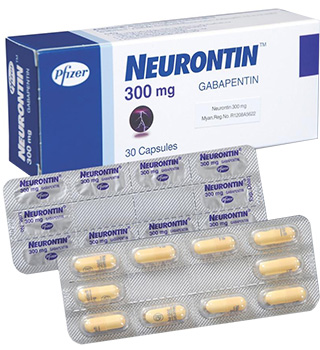
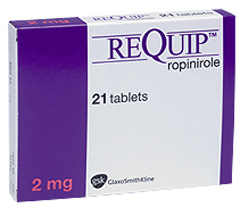
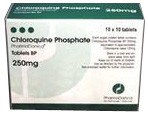
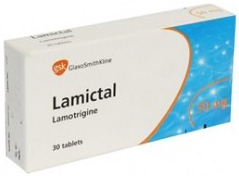
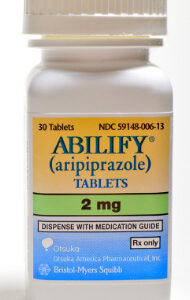
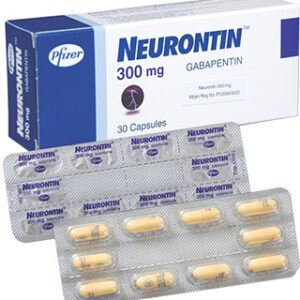
Reviews
There are no reviews yet.